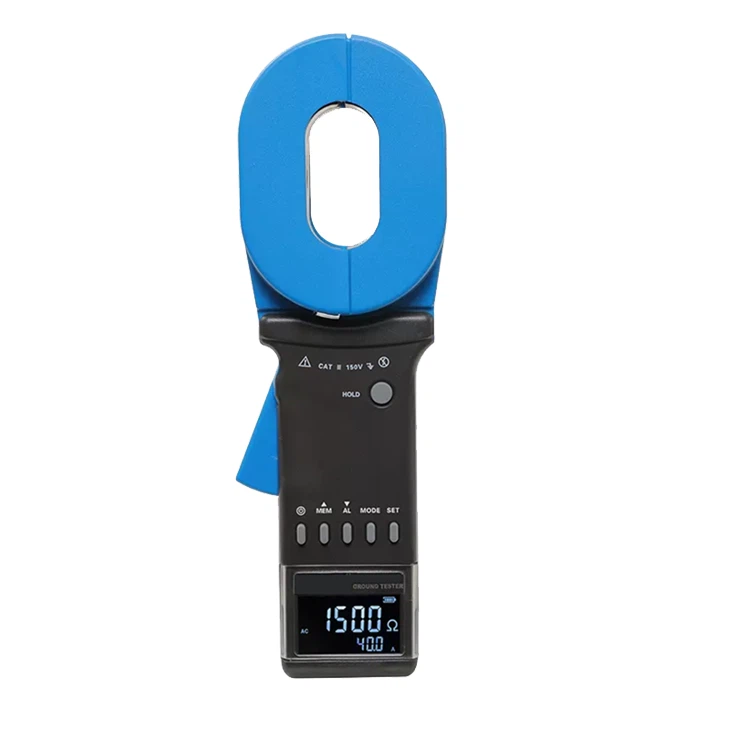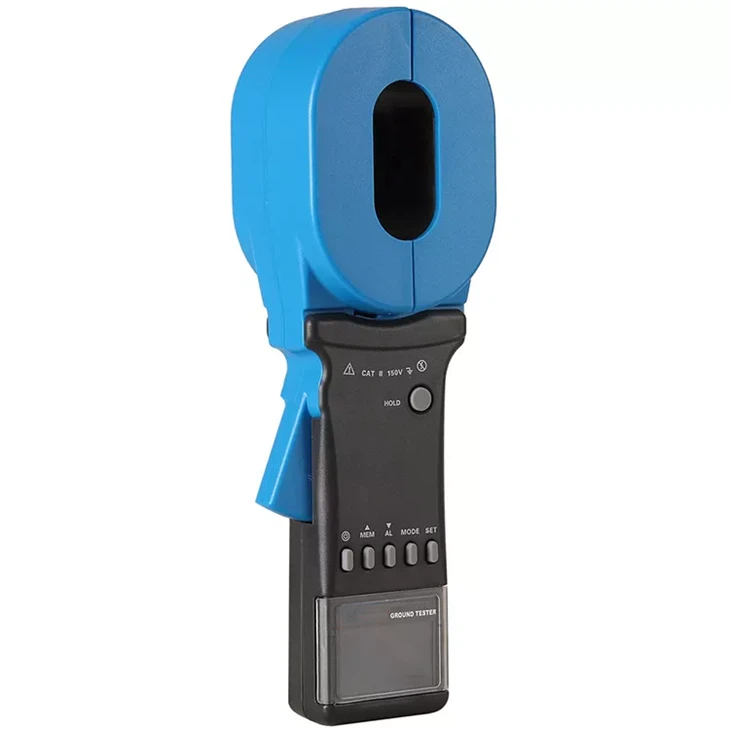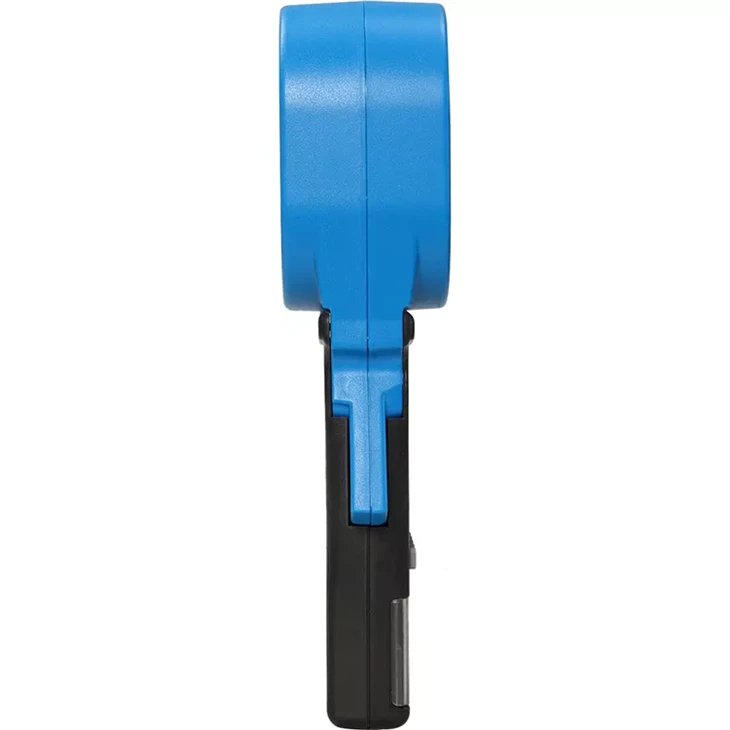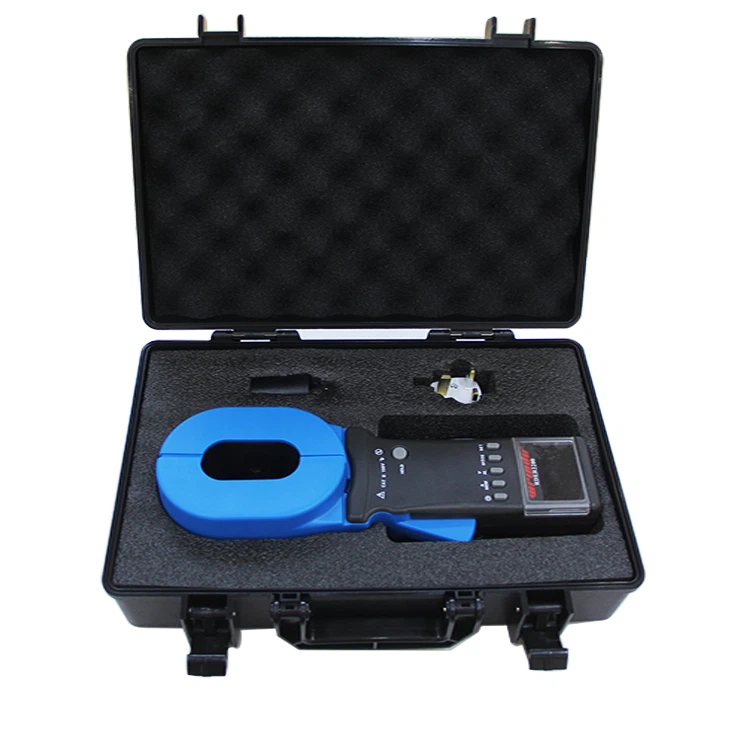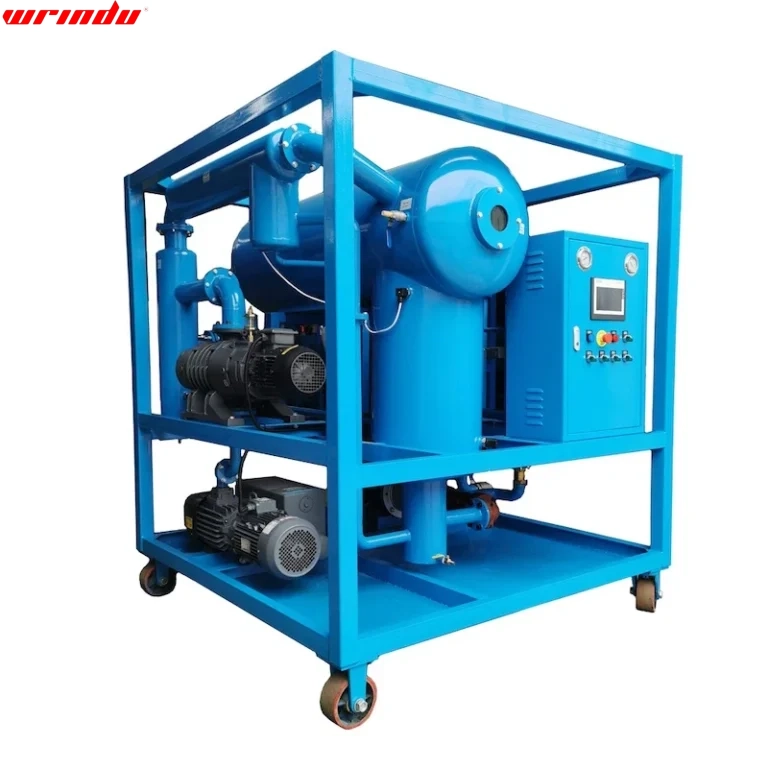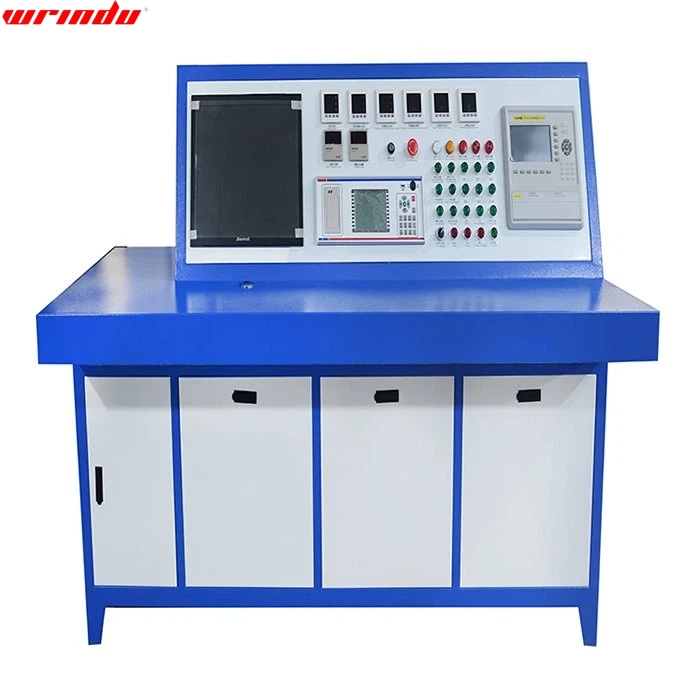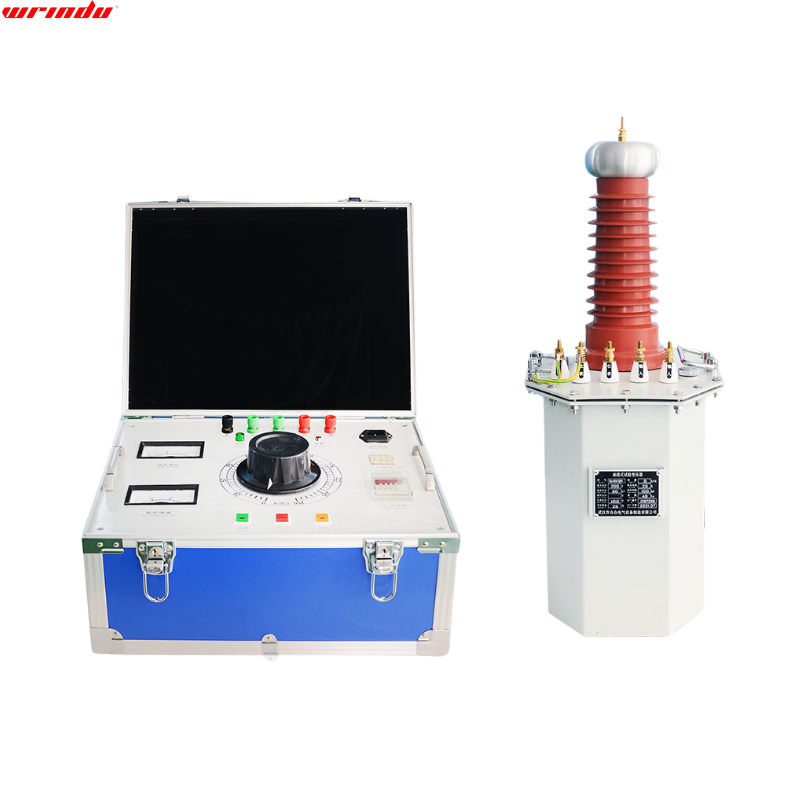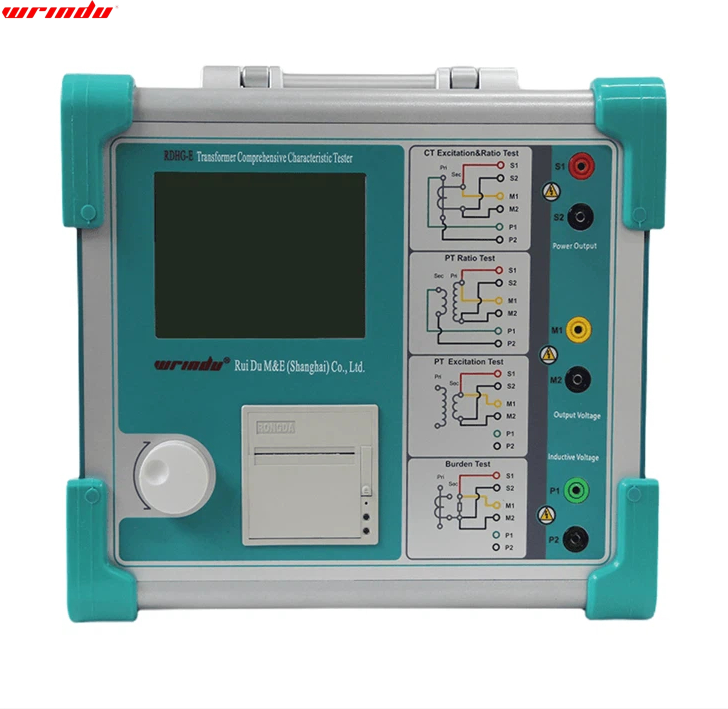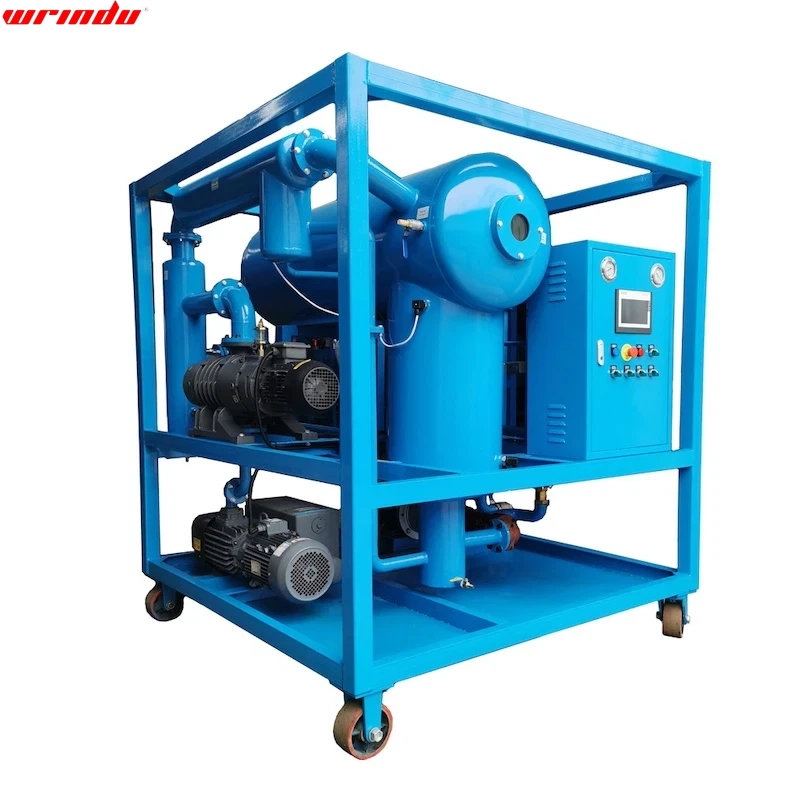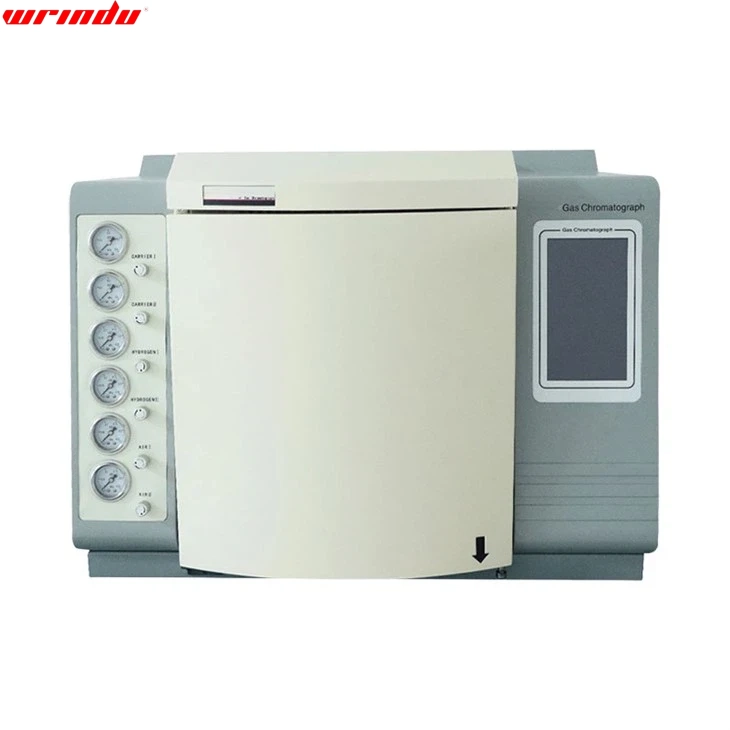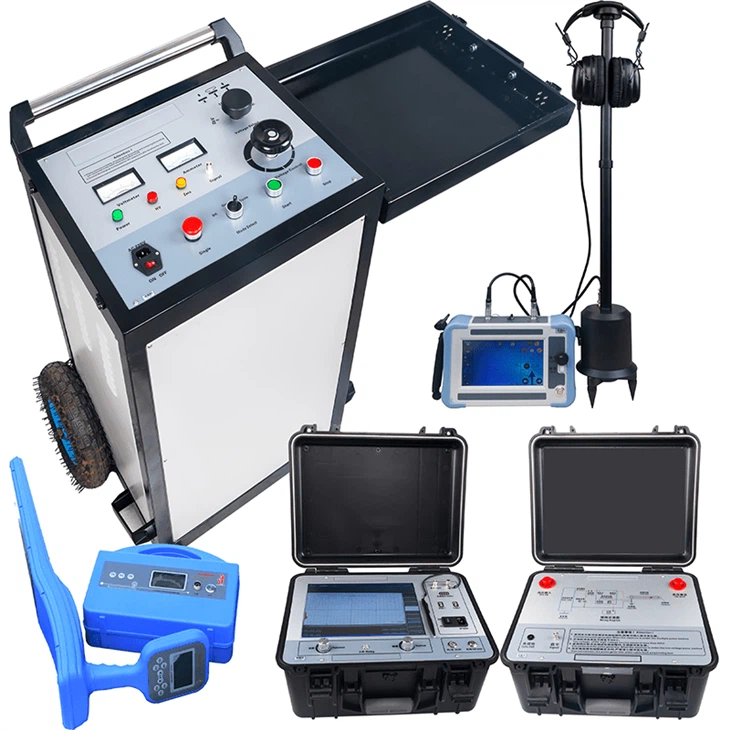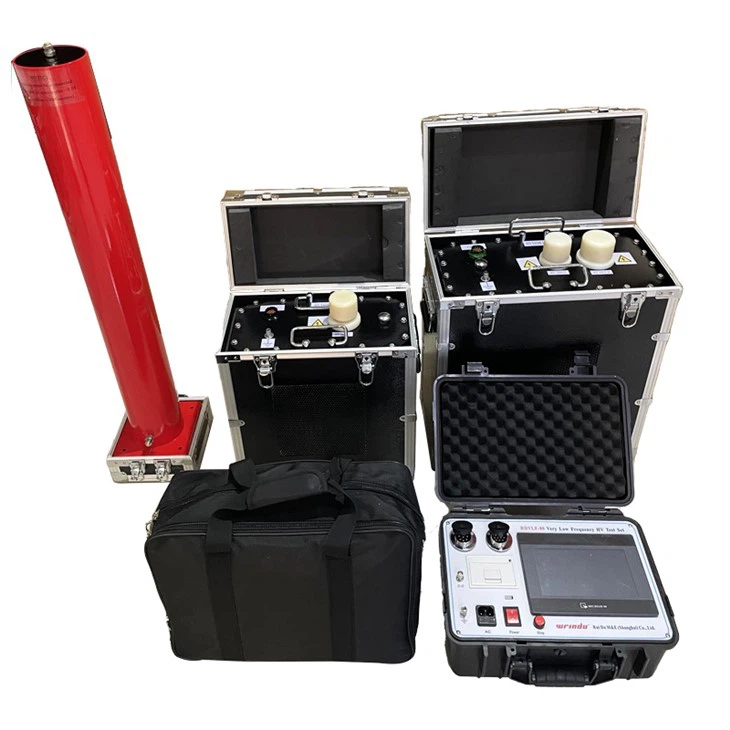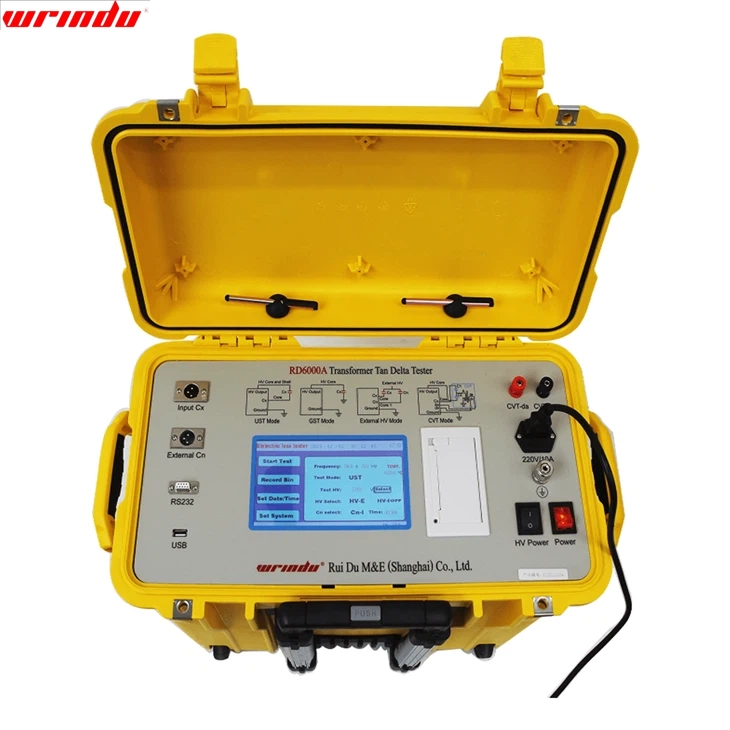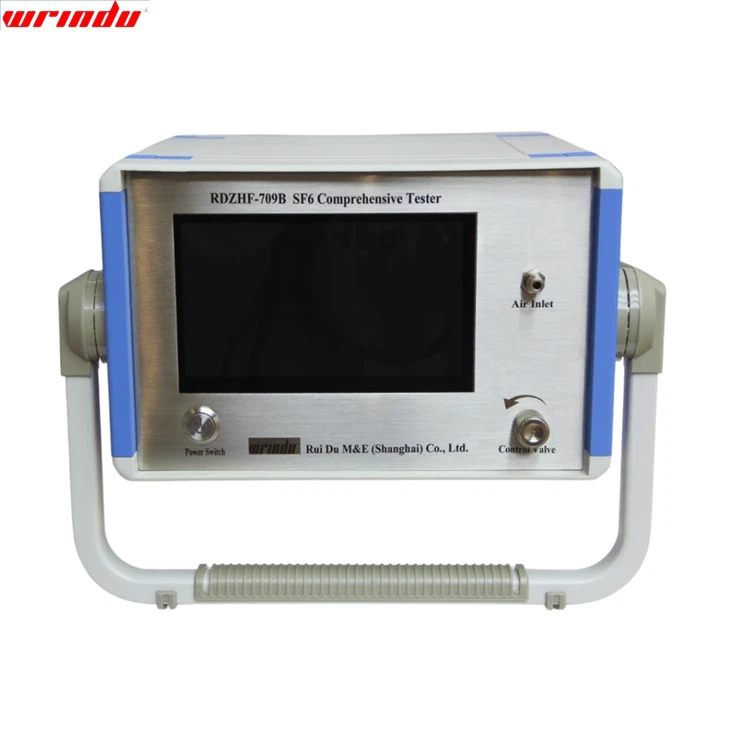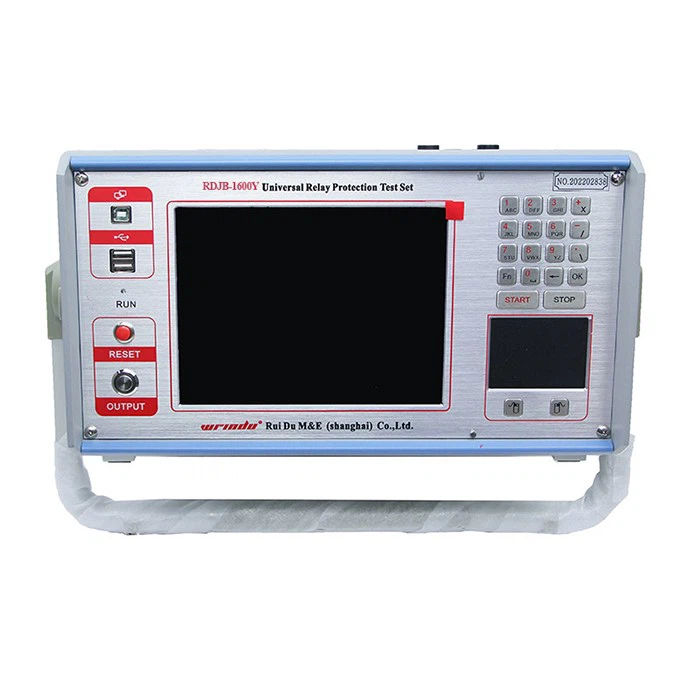OVERVIEW
Wrindu high-end ideal ground resistance clamp meter is a professional instrument that supports accurate measurement of ground resistance (0.010Ω~1500Ω), loop resistance, and current (0.000mA~40.0A) measurements. When testing a loop grounding system, there is no need to disconnect the grounding lead and the auxiliary grounding electrode. You can quickly and safely obtain the measurement results by clamping on the grounding lead. The displayed value is the combined value of the grounding body and the grounding lead resistance. The instrument can detect grounding faults that traditional methods cannot measure. It is suitable for scenarios that are difficult to cover with conventional means. It is widely used in the grounding resistance measurement of various types of equipment, which can improve measurement efficiency and ensure safe use.
CHARACTERISTIC
- 1. Users can choose different display modes, such as resistance and current, resistance and time, and current and time, and all this information can be displayed on the same screen.
- 2. Wide measurement range and low energy consumption.
- 3. Ability to store up to 999 sets of data.
- 4. Uses NiMH rechargeable batteries.
- 5. The high-end ideal ground resistance clamp meter includes monitoring software that allows real-time monitoring, historical data query, alarm setting, data reading and saving, and report generation.
For more information about clamp ground resistance testers, please click More.
To request the latest quotes, please click Contact Us.
FAQ
Q:Which one is the easiest method for earth resistance measurement?
A: The easiest method for earth resistance measurement is often considered the Clamp-On Method (Stateless Method). This method uses a clamp-on ground resistance tester that can be easily clamped around the grounding conductor without driving stakes into the ground.
Q: What is a good earth resistance value?
A: Recommended earth resistance values vary based on standards. NFPA and IEEE suggest 5.0 ohms or less. NEC (250.56) specifies system impedance to ground less than 25 ohms; it’s advised to maintain 5.0 ohms or less for sensitive equipment. Always adhere to specific standards and codes for accurate compliance.
Q: What is the difference between earth resistance and earth electrode resistance?
A:
Earth Resistance:
– Definition: Total opposition to current flow through the grounding system.
– Measurement: Considers all system components.
Earth Electrode Resistance:
– Definition: Resistance specific to the grounding electrode only.
– Measurement: Focuses solely on electrode resistance.




